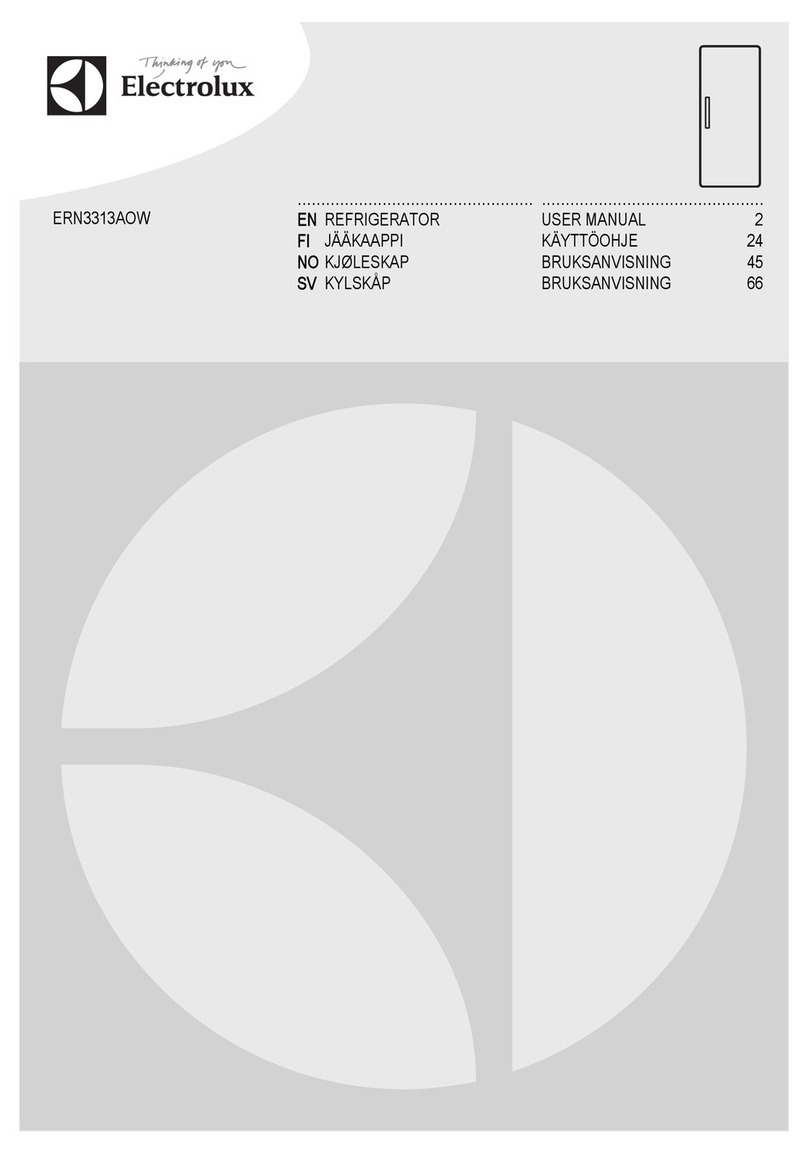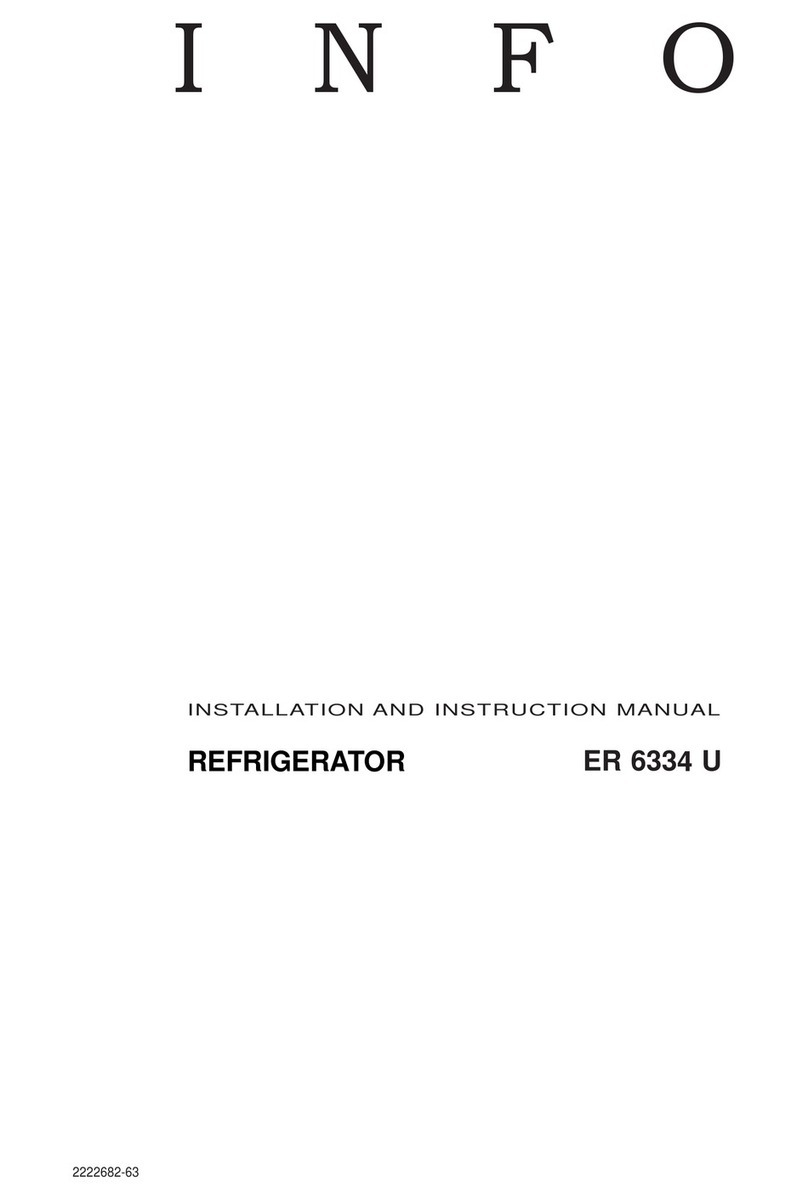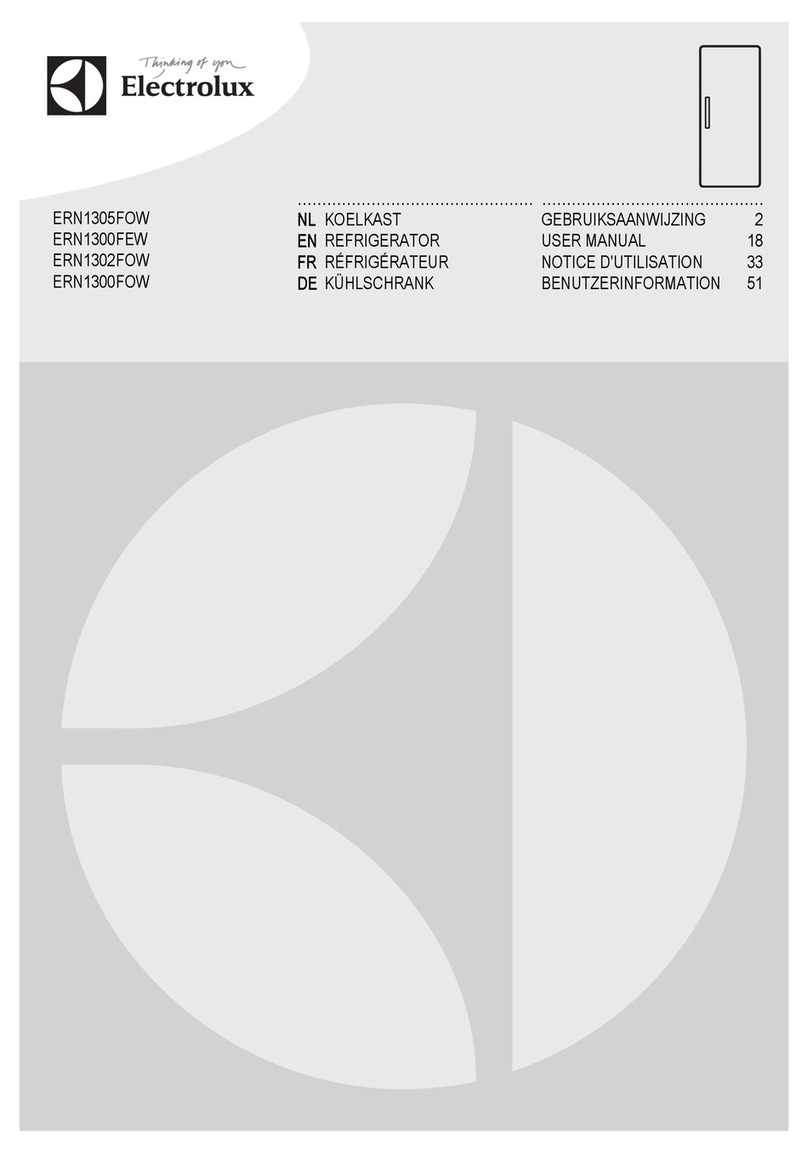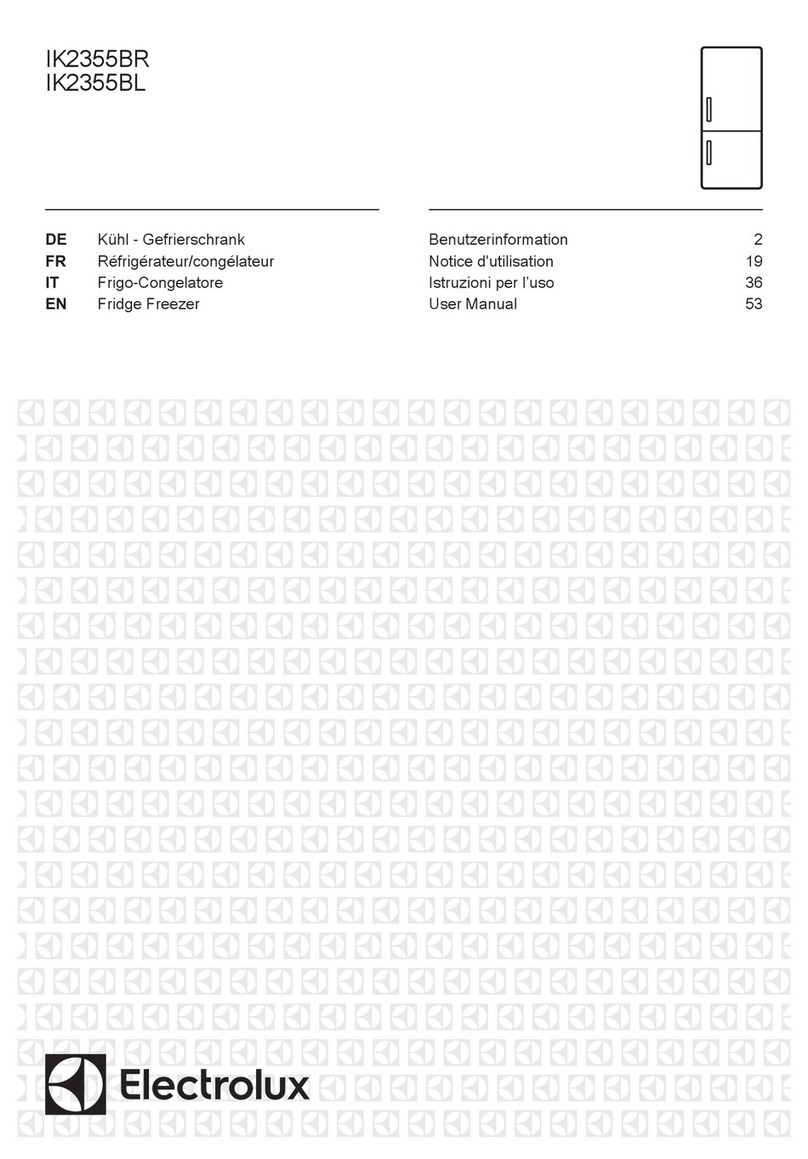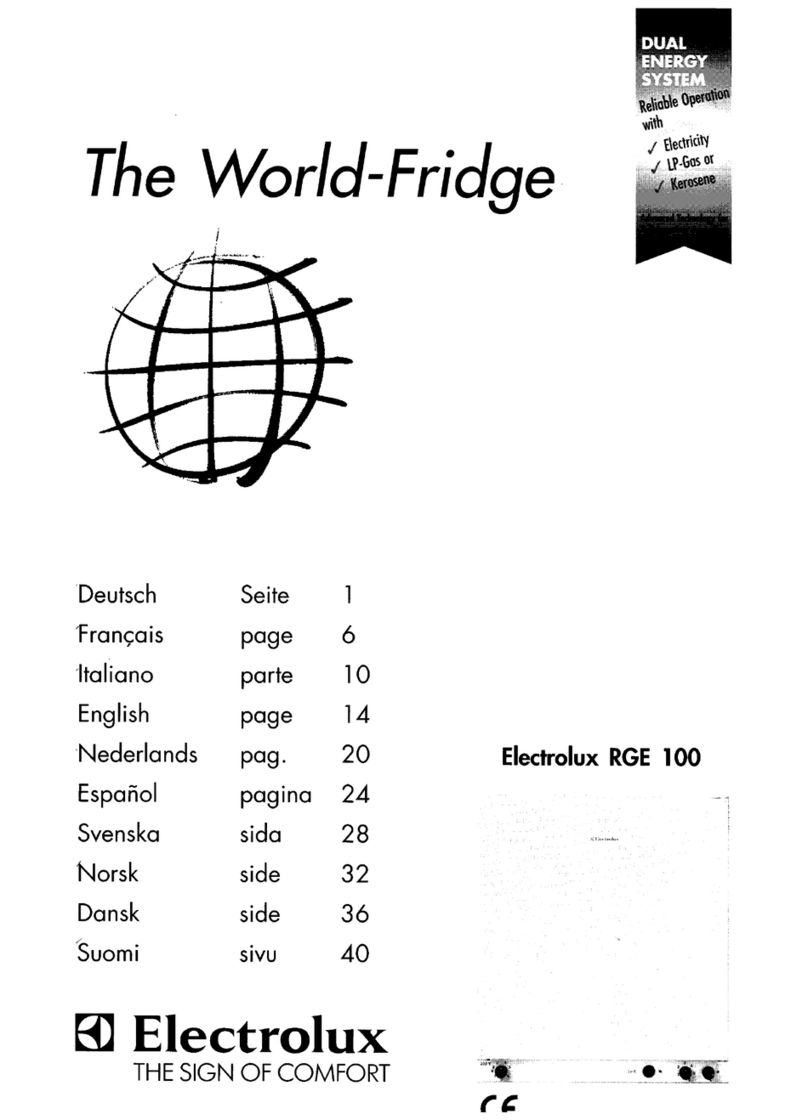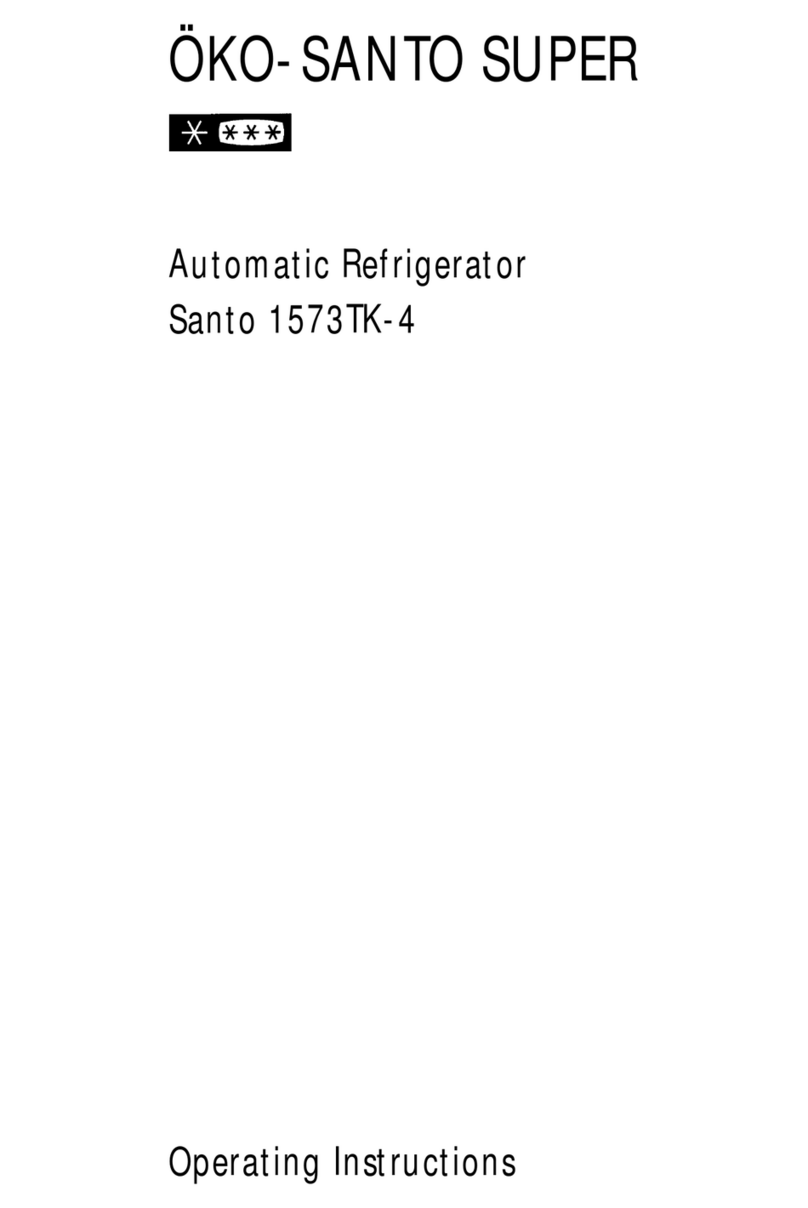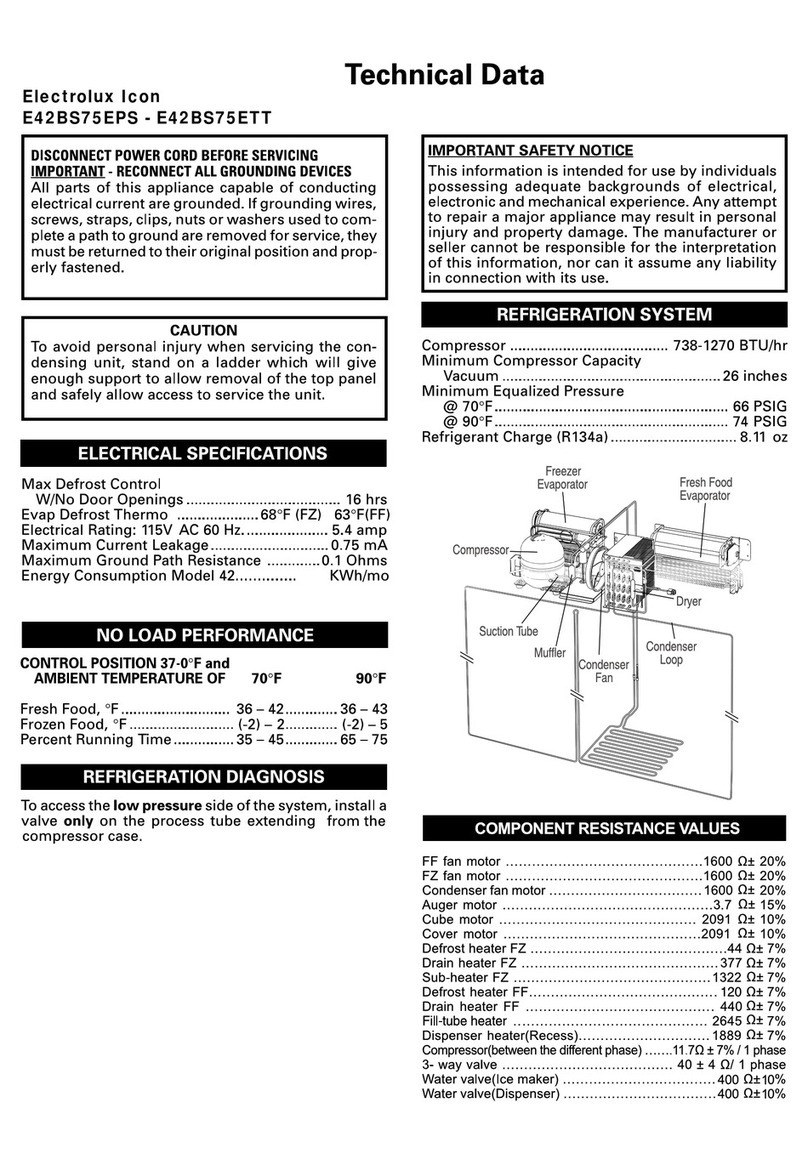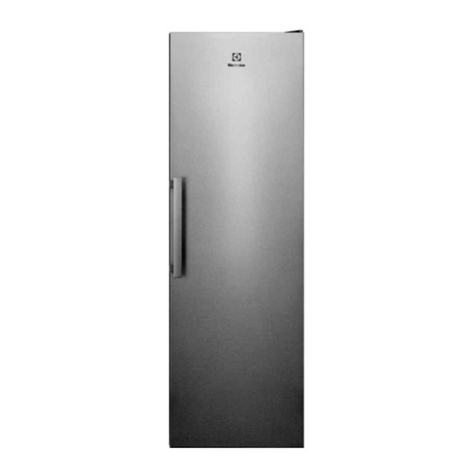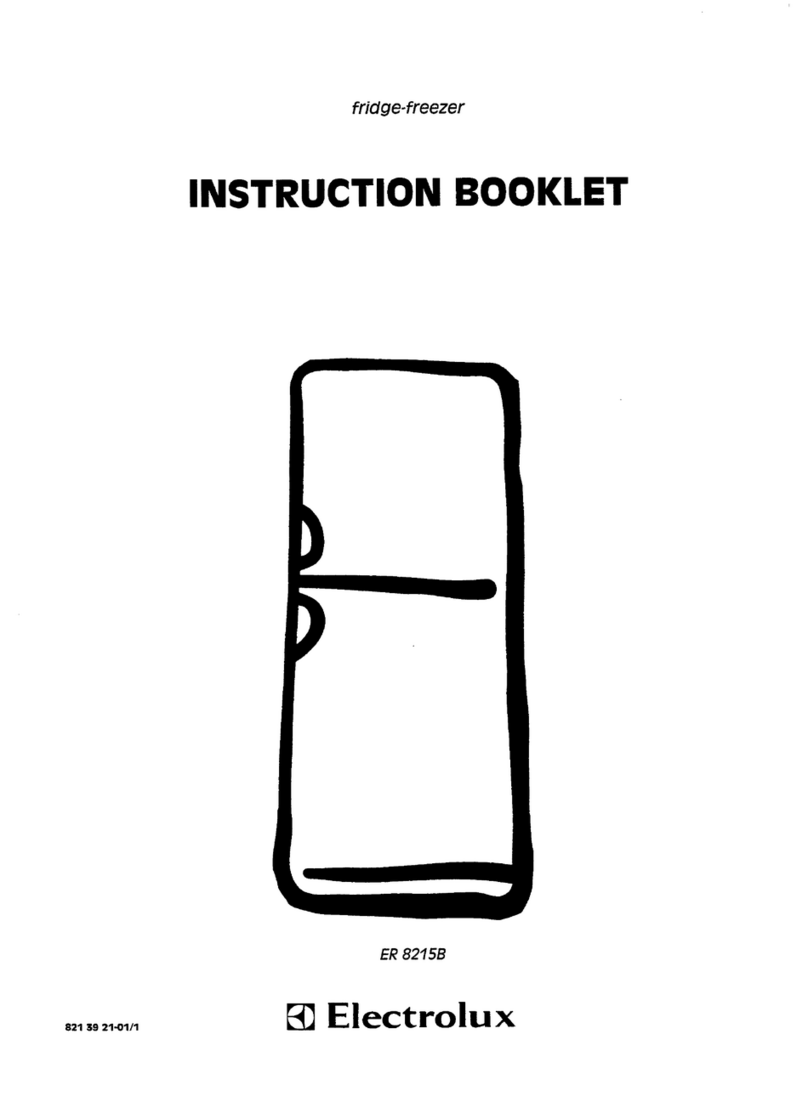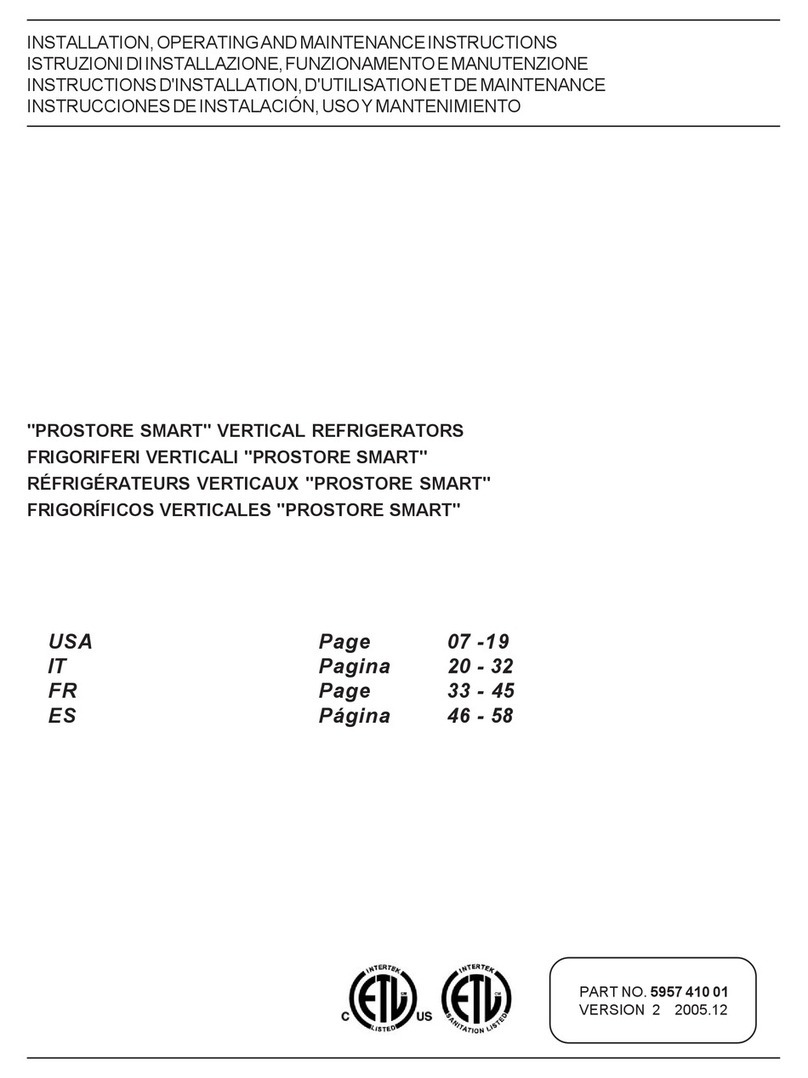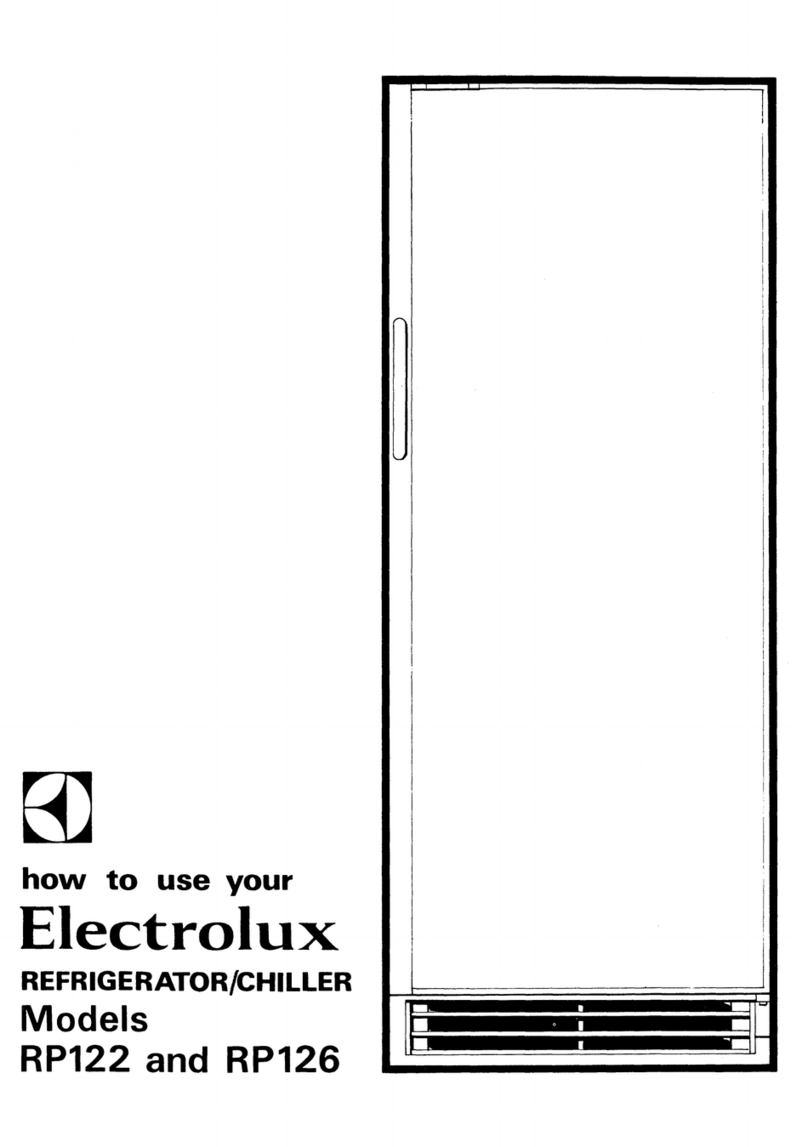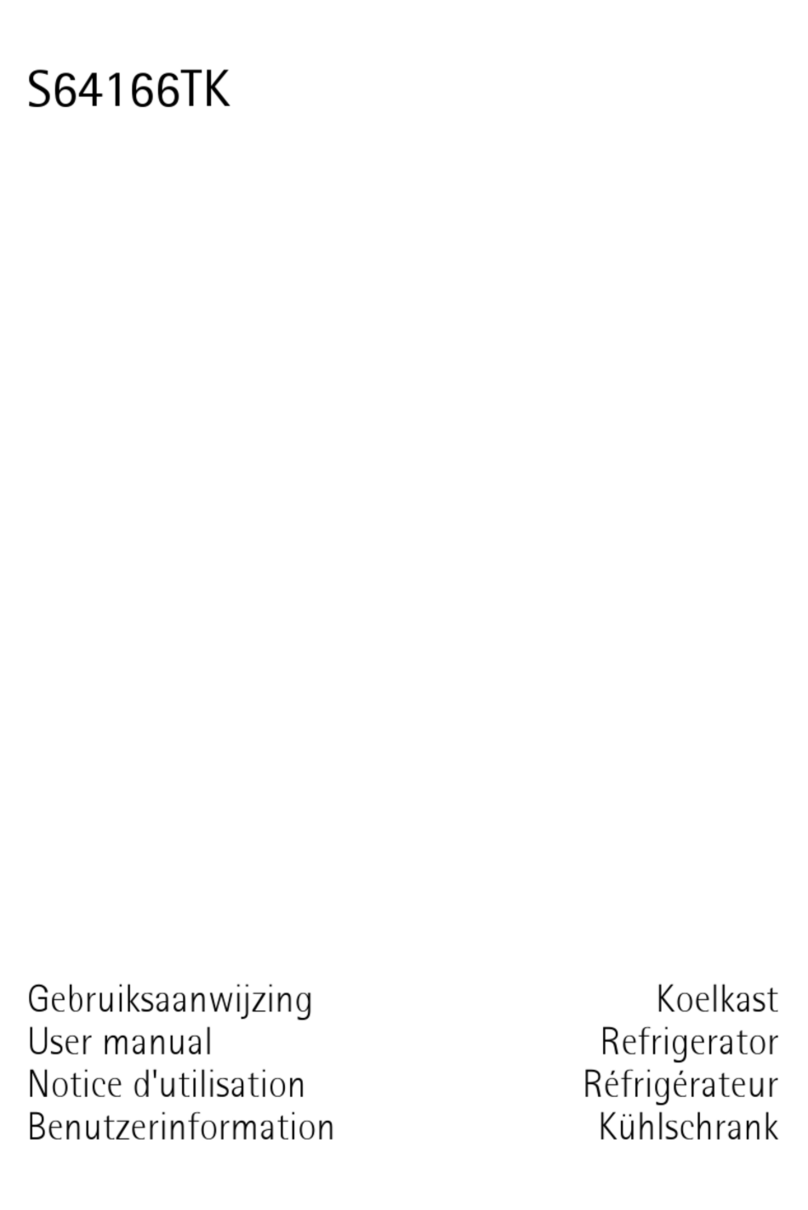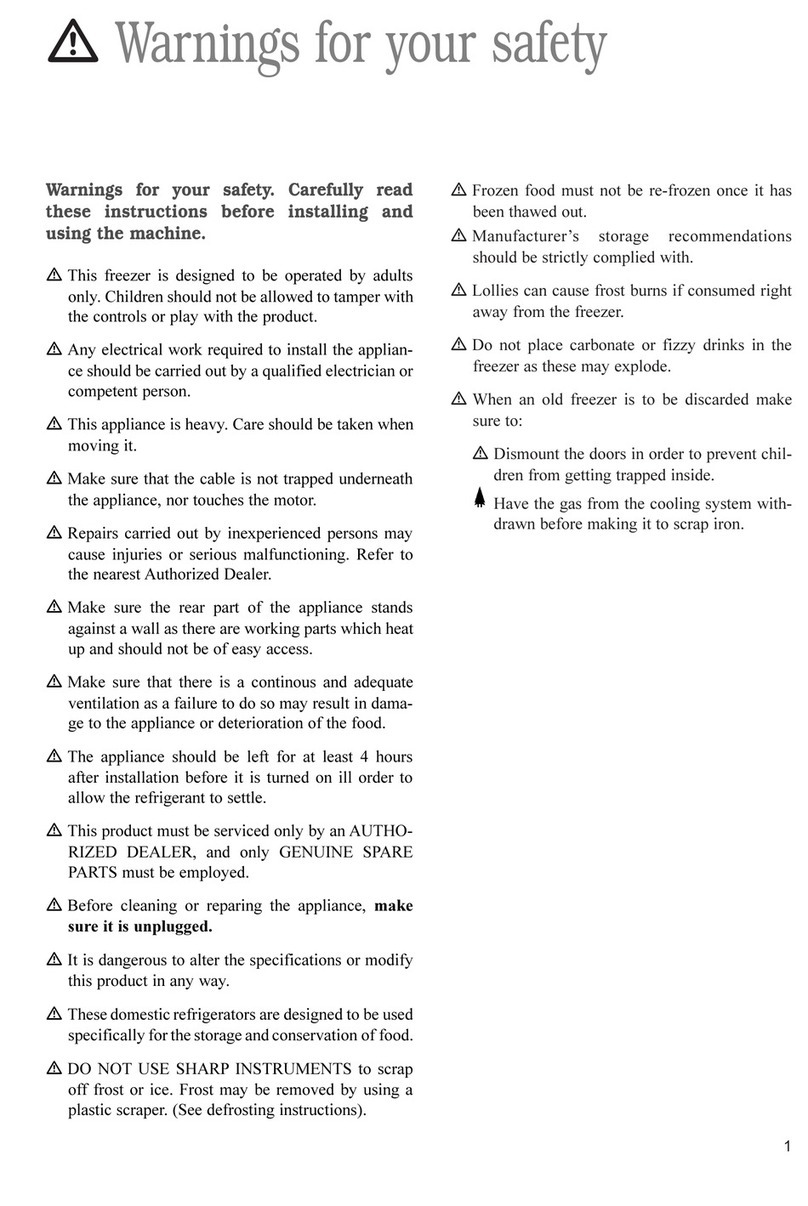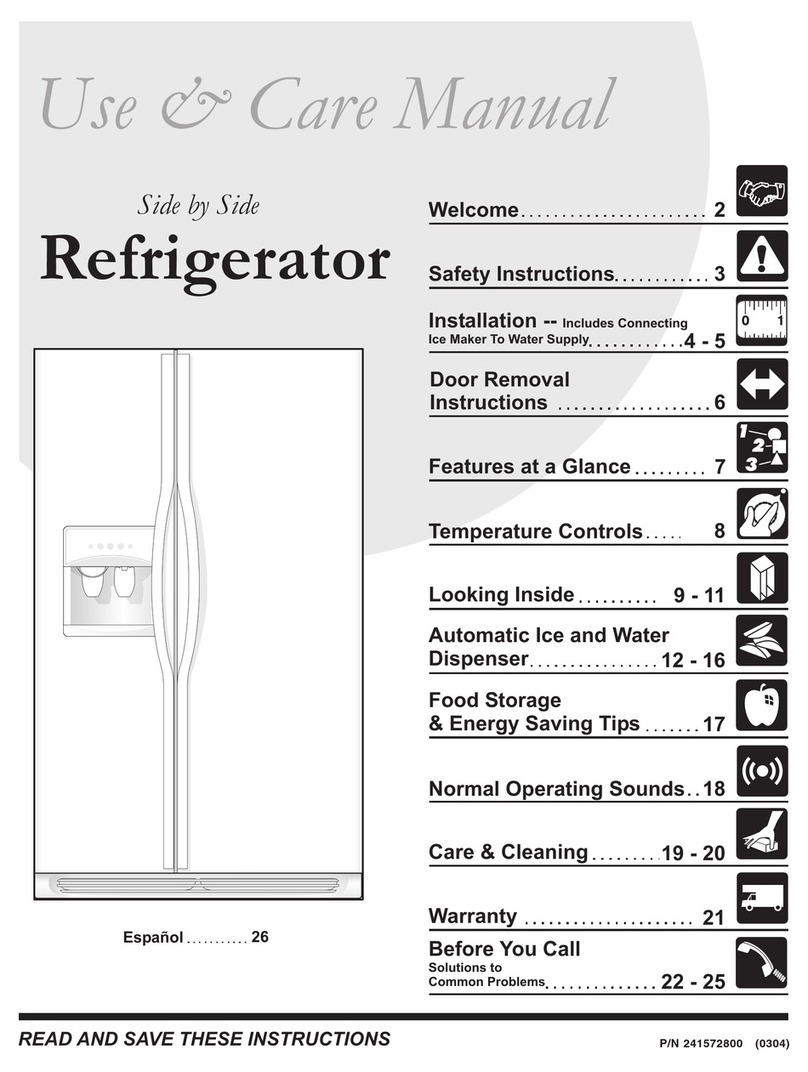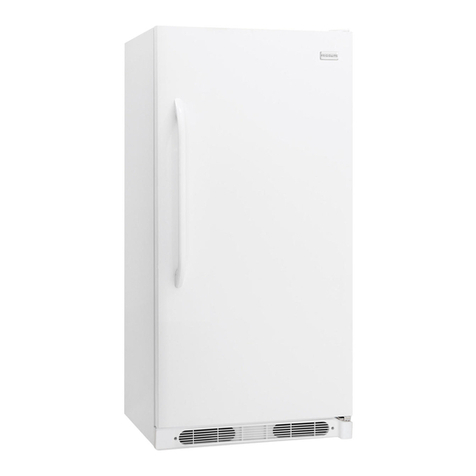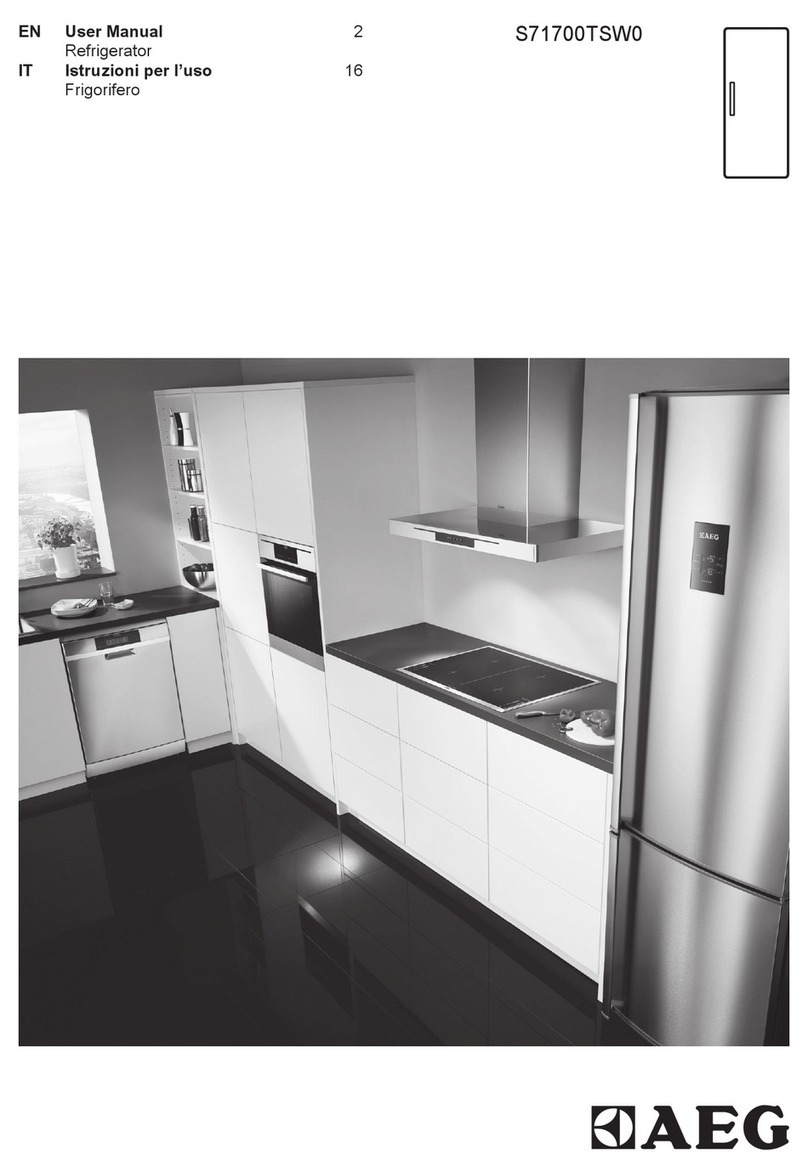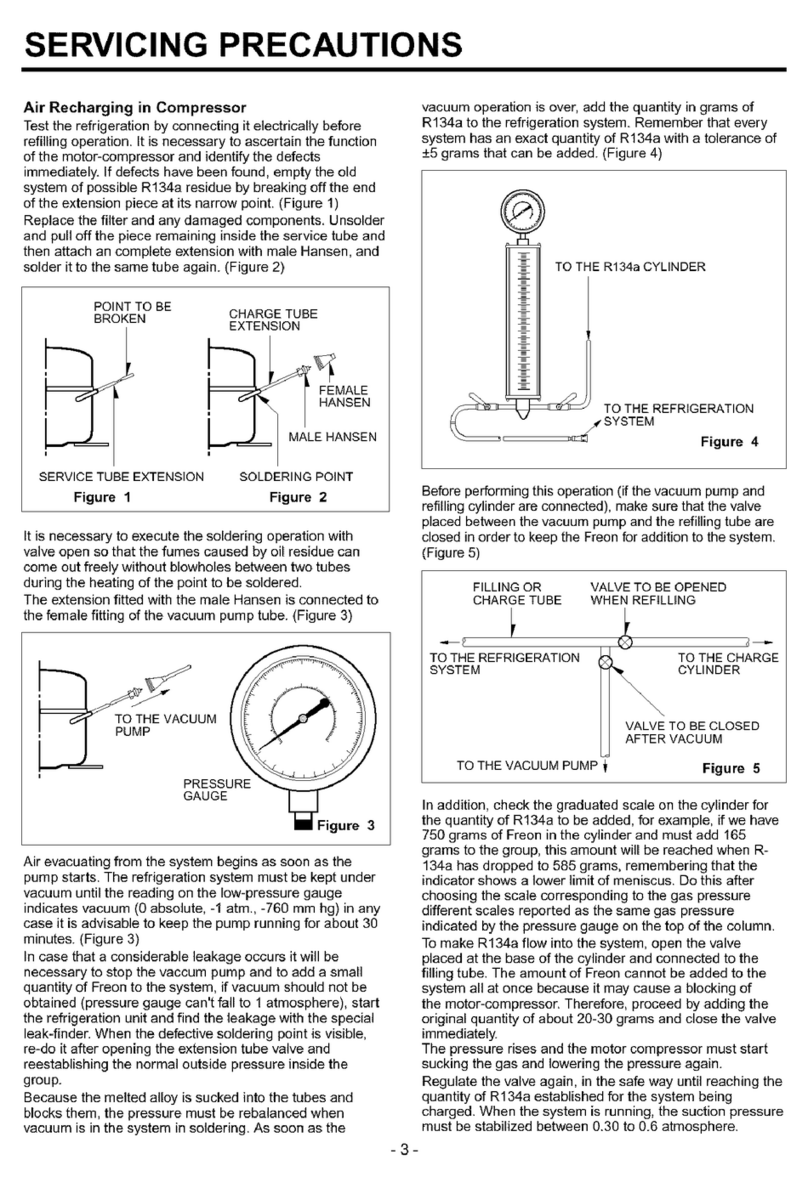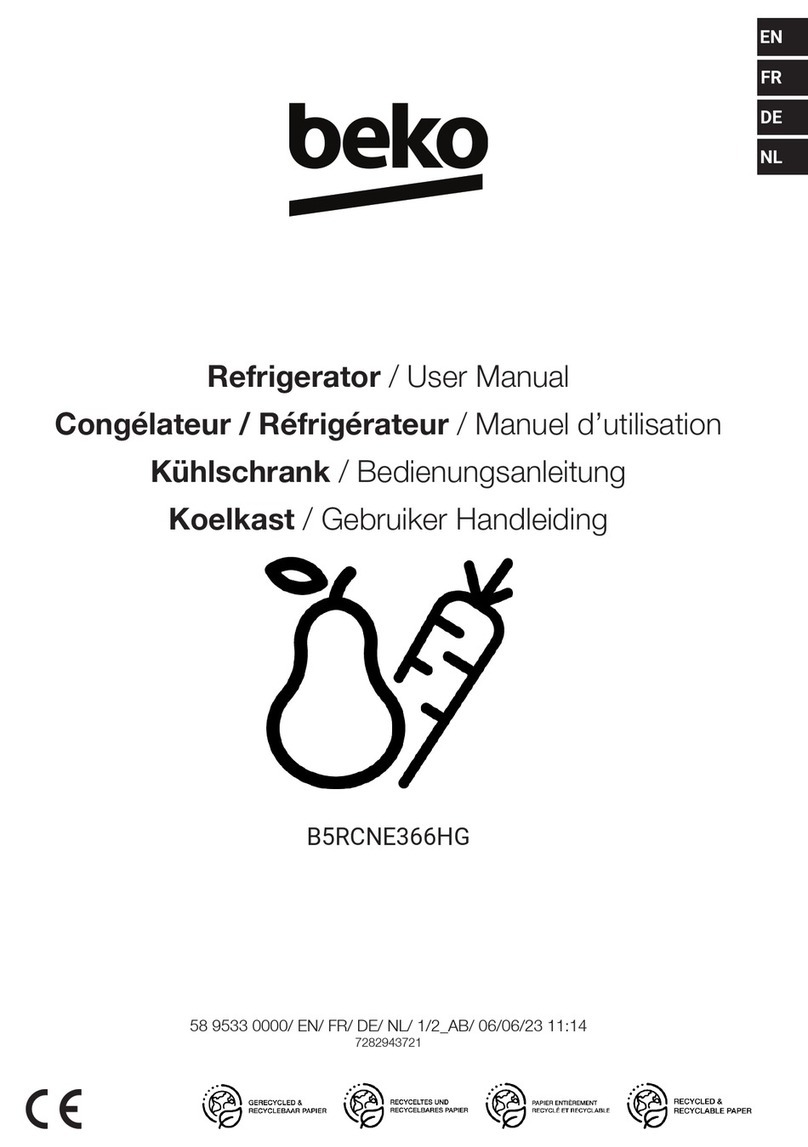11
Elektrischer Anschluß
Bevor Sie den Stecker in die Steckdose einstecken,
überprüfen Sie bitte, daßdie auf dem Typenschild
des Gerätes angegebene Spannung sowie
Frequenz mit dem Anschlußwert des Hauses
übereinstimmen. Eine Abweichung von ±6% von der
Nominalspannung ist zulässig. Für die Anpassung
des Gerätes an andere Spannungen mußein
Spartransformator angemessener Leistung
vorgeschaltet werden.
Das Gerät mußunbedingt vorschriftsmäßig geerdet
werden. Zu diesem Zweck ist der Stecker des
Speisekabels mit dem dafür vorgesehenen Kontakt
versehen. Sollte die Netzleitung im Haus nicht mit
einer Erdleitung versehen sein, so mußdas Gerät
an eine getrennte Erdleitung vorschriftsmäßig und
unter Hinzuziehung eines Fachmanns
angeschlossen werden.
Die Erzeugerfir a lehnt jede Verantwortung ab,
falls diese Unfallverhütungsvorschrift nicht
beachtet wird.
Dieses Gerät entspricht der folgende
EWG Richtlinie:
- 87/308 EWG vo 2.6.87 (Deutschland-
Ausführung) bzw. der ÖVE-Richtlinie Nr. F 61/84
(Österreich-Ausführung) bezüglich
Funkentstörung.
- 73/23 EWG vo 19/02/73 (Niederspannung) und
folgende Änderungen;
- 89/336 EWG vo 03/05/89 (Elektro agnetische
Verträglichkeit) und folgende Änderungen.
Hintere Abstandsstücke
Im Beipack sind 2 Distanzstücke enthalten, die an
der Geräte-Rückseite montiert werden müssen.
Distanzstücke in die Öffnungen einsetzen (Pfeil A)
und dann um 45°bis zum Einhaken drehen (Pfeil A
senkrecht
34 Stampato su carta riciclata
AVVERTENZE E CONSIGLI IMPORTANTI
È olto i portante che questo libretto istruzioni sia conservato assie e all’apparecchiatura per
qualsiasi futura consultazione. Se l’apparecchiatura dovesse essere venduta o trasferita ad un’altra
persona, assicurarsi che il libretto venga fornito assie e, in odo che il nuovo utente possa essere
esso al corrente del funziona ento della acchina e delle avvertenze relative.
Queste avvertenze sono state redatte per la Vostra sicurezza e per quella degli altri. Vi preghia o,
dunque, di volerle leggere attenta ente pri a d’installare e di utilizzare l’apparecchiatura.
Sicurezza generale
•Qualora questa apparecchiatura, munita di
chiusura magnetica, venisse usata in
sostituzione di una con chiusura a scatto,
consigliamo di rendere quest’ultima inservibile.
Cio’eviteràche i bambini, giocando, vi
rimangano intrappolati, con grave pericolo per la
loro vita.
•Togliere la spina dalla presa di corrente prima di
procedere a qualsiasi operazione di pulizia e
manutenzione (come nel caso di sostituzione
della lampadina, sulle apparecchiature che ne
sono provviste).
•Quest’apparecchiatura èstata progettata per
essere utilizzata da persone adulte. Fare
attenzione, quindi, che i bambini non si avvicinino
con l’intento di giocarvi.
•Èpericoloso modificare o tentare di modificare
le caratteristiche di quest’apparecchiatura.
•Questa apparecchiatura contiene idrocarburi nel
circuito refrigerante; pertanto la manutenzione e
la ricarica deve essere effettuata esclusivamente
da personale autorizzato dall’azienda.
•Prestare la assi a cura nella
ovi entazione per non dannegiare parti del
circuito refrigerante onde evitare possibili
fuoriuscite di fluido.
•L’apparecchiatura non deve essere collocata
nelle vicinanze di ter osifoni o cucine a gas.
•Evitate ogni esposizione prolungata
dell’apparecchiatura ai raggi solari.
•La parte posteriore dell’apparecchiatura deve
ricevere una sufficiente circolazione d’aria e
deve essere evitato qualsiasi danno al
circuito refrigerante.
•Solo per i congelatori (esclusi incassati): una
collocazione otti ale è la cantina.
•Non introdurre apparecchi elettrici all’interno
dell’apparecchiatura (ad es. gelatiera)
Assistenza / Riparazioni
•Ogni eventuale modifica che si rendesse
necessaria all’impianto elettrico domestico, per
poter installare l’apparecchiatura, dovràessere
eseguita solo da personale abilitato.
•Mai riparare l’apparecchiatura da soli. Le
riparazioni effettuate da persone non competenti
possono provocare dei danni. Contattare il
Centro di Assistenza piùvicino ed esigere solo
ricambi originali.
Uso
•I frigoriferi e/o congelatori domestici sono
destinati unicamente alla conservazione e/o
congelazione degli alimenti.
•Le migliori prestazioni si hanno con temperature
dell’ambiente comprese tra +18°C e +43°C
(Classe T); + 18°C e +38°C (Classe ST); +16°C
e +32°C (Classe N); +10°C e +32°C (Classe
SN); la classe di appartenenza ériportata sulla
targa matricola ubicata nella cella a fianco del
vano verdura.
Attenzione: al di fuori delle temperature
ambiente indicate dalla classe climatica di
appartenenza di questo prodotto, si devono
osservare le seguenti indicazioni: quando la
temperatura ambiente scende al di sotto del
valore minimo puònon essere garantita la
temperatura di conservazione nel vano
congelatore; pertanto si consiglia di consumare
al piùpresto gli alimenti in esso contenuti .
•In tutte le apparecchiature ci sono delle superfici
che si coprono di brina. A seconda del modello,
tale brina puòessere eliminata automaticamente
(sbrinamento automatico) oppure manualmente.
Non tentare mai di togliere la brina con un
oggetto appuntito, si rischierebbe di danneggiare
irrimediabilmente l’evaporatore. Utilizzare a tale
scopo una paletta in plastica.
•Non mettere mai nello scompartimento a bassa
temperatura (congelatore o conservatore) bibite
gassate: possono esplodere.
•Non introdurre mai liquidi o alimenti caldi e non
riempire fino all’orlo i recipienti muniti di
coperchio.
•Non usare alcun dispositivo meccanico o altro
mezzo artificiale per accelerare il processo di
sbrinamento tranne quelli qui raccomandati.
•Non usare mai oggetti metallici per pulire
l’apparecchiatura; essa potrebbe venir
danneggiata.
